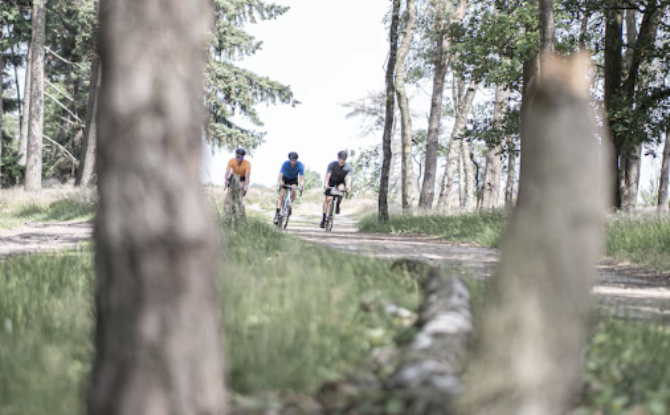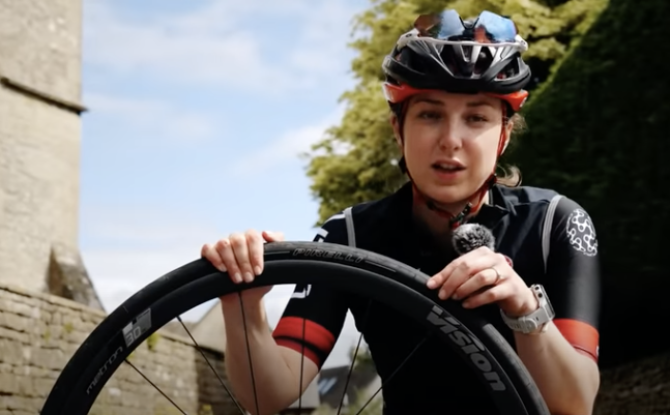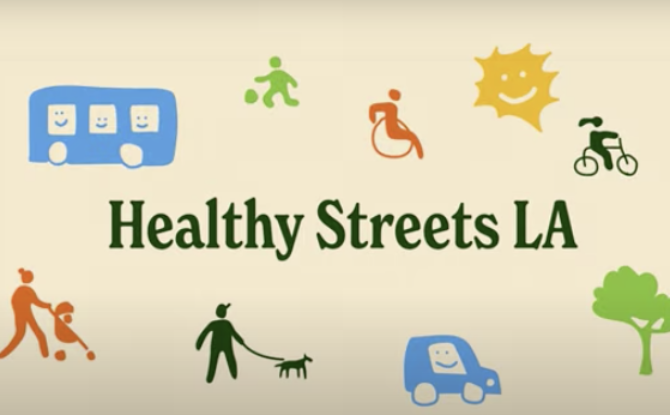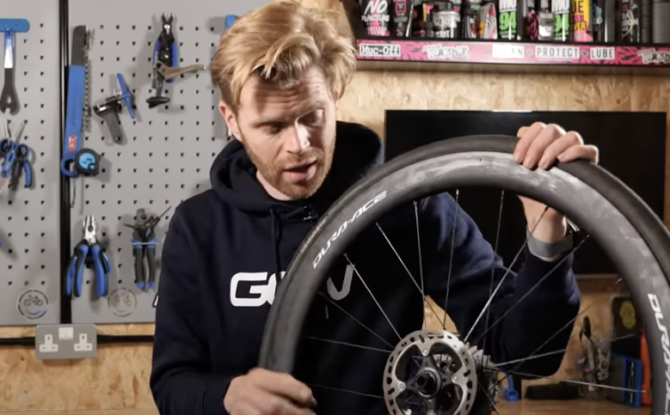From NPR.org
STEAMBOAT SPRINGS, Colo. — The sport of racing bicycles on gravel roads has become so big so quickly that race organizers were able to start with a clean sheet of paper … and they’ve prioritized diversity and inclusion.
Marley Blonsky is the energetic co-founder of a body-positivity advocacy group called All Bodies on Bikes.
On Saturday morning Blonsky — who describes herself as “a short, fat woman” — paused as she was about to climb on her bike to lead a warm-up ride here for some of the more than 3,000 riders who would line up the next day for SBT GRVL — one of the biggest gravel races in the world.
“We’re all about inclusion in the cycling world, so, making sure that people have clothing and gear and equipment and feel empowered to ride regardless of what their body looks like,” she said.
‘What we started with was a blank canvas’
Major gravel races often have several warmup rides like Blonsky’s, called shakeouts.
Among those at SBT, one celebrated women, trans, femme, and non-binary riders, and another promoted racial justice.
“What we started with was a blank canvas,” said Amy Charity, the race’s co-founder and owner. “It allowed us to start from scratch with looking at things that we really valued and things that we potentially thought had gone wrong with road racing and made road racing feel very exclusive.”
And so starting from scratch, they wanted to build something much more inclusive.
“We we really talked a lot about ‘what does inclusivity mean,'” she said. “It means that when you come to Steamboat Springs, whoever you are, you feel welcome here, you feel like you belong here, and it doesn’t matter if you are at the absolute front end of the peloton, you’re a World Tour pro, or you’re somebody doing your very first bike event or you’re a seven-year-old kid or an 82-year-old, we want you to feel welcome and like you belong.”
Photo by Coen van de Broek on Unsplash










